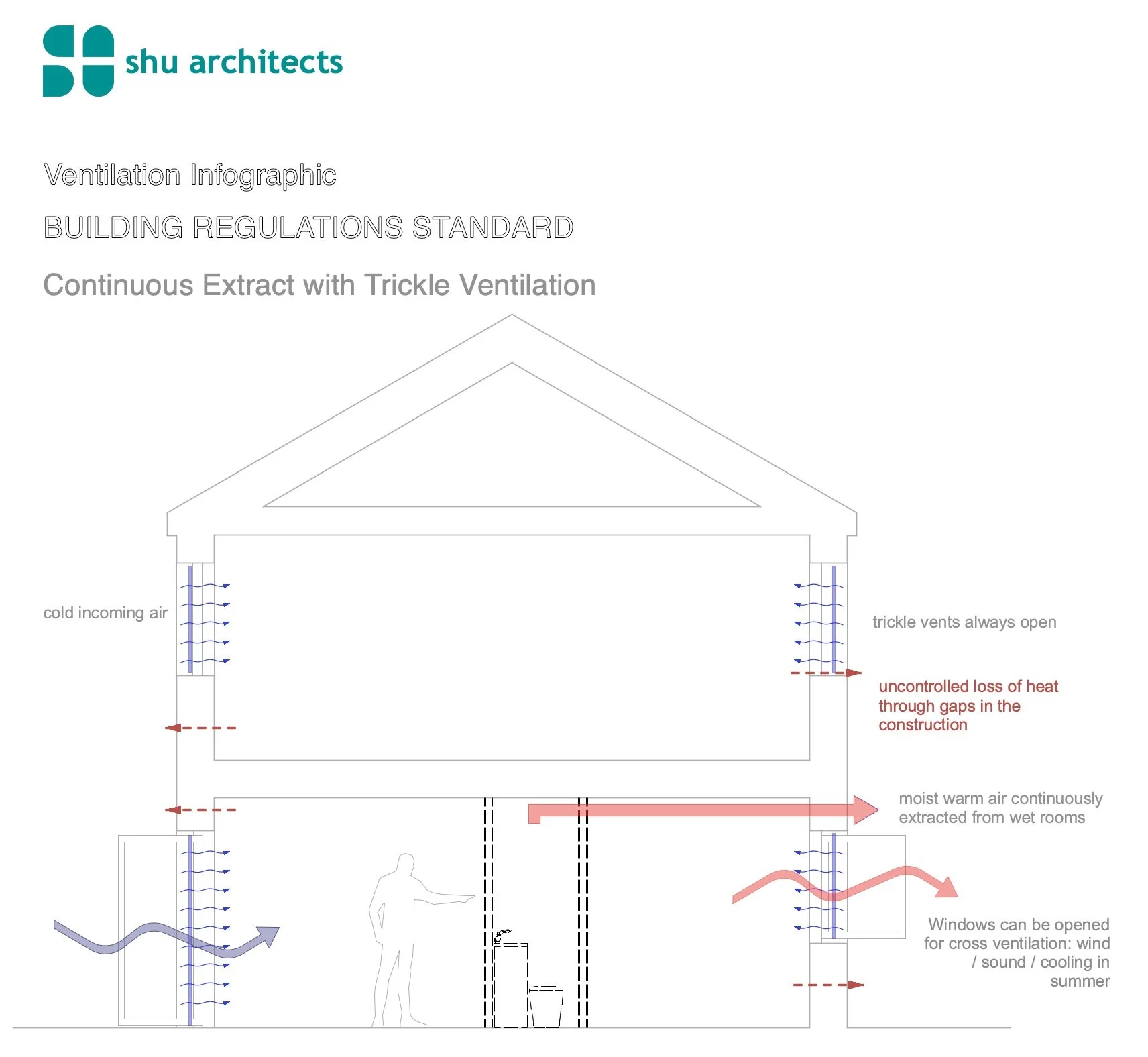We are just coming into spring and, after a cold and damp winter, for those who live or work in heritage buildings the move towards warmer weather can be a relief. However, this isn’t something occupants have to accept, the possibility to retrofit, either thermally or environmentally, to improve a property is not just reserved for twentieth century buildings. The opportunity to retrofit is available to many heritage properties and indeed required under building regulations when you have a change of use. Properties that are heritage assets, either because they are in Conservation Areas or are Listed will have some restrictions or limitations but that does not mean that improvements are not possible.
Retrofit is a holistic approach and one that requires a thorough understanding of the whole building and how it is used. No measure should be considered in isolation, without assessing how the intervention affects the strategy of moisture management in the property, new, different issues can occur. Levels of moisture in the air plays a significant role in all properties. Extremes can affect energy use and efficiency, occupant health and in the worst case scenarios deteriorate the building fabric.
One of the first measures we look to improve is uncontrolled heat loss. Draughts in properties cause discomfort and appropriately sealing gaps in floors, windows, and doors can significantly reduce heat loss. Likewise window refurbishment, secondary glazing or installing double glazing, where permitted, can improve heat loss. However these measure can also compromise the effective ventilation and so compensatory ventilation interventions are required.
Another approach is to improve the energy loss through building fabric. Incorporating insulation to heritage buildings is always a challenge due to their solid wall construction. Additionally, most historic buildings rely on the breathability of their construction materials to manage moisture effectively. The preferred approach is to insulate externally however with Listed buildings and those in a Conservation Area this is usually not possible, due to the aesthetic restrictions. Internal wall insulation is sometimes possible, however this needs to be undertaken with care and consideration. Excessive levels of internal wall insulation can result in interstitial condensation which can cause significant harm to the building fabric. Fortunately, there are a variety of products available that can insulate while ensuring the natural moisture regulation is maintained. Finally, insulating a building internally will also change how the property responds to heat storage and thermal mass. This is not necessarily an issue but the impact needs to be considered as part of the wider heating and overheating strategy.
To the principal rooms at Doughty Street, London we used a void that was once behind (long gone) silk wallpaper to insulated the wall using the Lime Green wood fibre and lime plaster internal wall insulation system
The final measure is to offset energy usage with renewable sources. Incorporating renewable energy technologies into a heritage building poses unique challenges but also offers significant opportunities for improved sustainability and energy efficiency. The key is to balance the preservation of a building's historical character and architectural integrity with the installation of these modern technologies. This process usually requires a bespoke approach to each building with careful planning and sometimes innovative design.
Solar panels can sometimes be mounted on less visible parts of the roof slopes. Air source heat pumps are easier to install but require external units that need to be sensitively placed to minimise visual impact. Every project is different and sometimes the unique location of the property will throw up other opportunities to generate heat or electrical energy.
Engaging with architects like ourselves experienced in retrofit of heritage buildings is crucial for navigating the complex balance between preservation and innovation. It is also important to remember that many heritage buildings are protected by law. Even seemingly small alterations may require consent from local authorities and we can advise and support where required.
Successfully retrofitting heritage buildings not only contributes to reducing carbon emissions and energy costs, but it improves user comfort and ensures the long-term sustainability and utility of these culturally historical buildings. Each heritage building is unique, requiring a tailored approach to integrating improvements in a way that respects and preserves its value.










